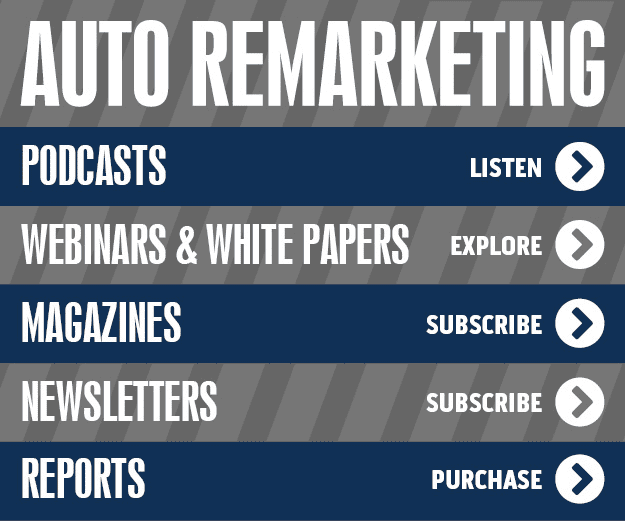Jumpstart Study Sheds Light on Online Targeting Effectiveness
By subscribing, you agree to receive communications from Auto Remarketing and our partners in accordance with our Privacy Policy. We may share your information with select partners and sponsors who may contact you about their products and services. You may unsubscribe at any time.
| –
SAN FRANCISCO — Jumpstart Automotive Group believes its recent study explains how blending two kinds of online consumer targeting can significantly boost factors such as brand awareness, favorability, message association and purchase intent.
Simply put, group executives explained contextual targeting focuses solely on content by presenting consumers with advertising messages that are deeply relevant to the content they are reading on a particular website. Thus, as the content of a page changes, so do the ads that are presented.
On the other hand, they went on to point out that audience targeting provides an extended opportunity to reach that consumer based on their shopping patterns.
Jumpstart found that when both contextual and audience targeting were used in tandem, those previously mentioned factors grew by as much as 61 percent.
Moreover, the firm believes the average growth of KPI — what executives called key performance indicators — was 15 percent. Meanwhile, Jumpstart also noted cost-per-KPI efficiency increased by 26 percent.
"The online car shopping process occurs intermittently for consumers and is often spurred by an effective offer," stated Joe Kyriakoza, vice president of marketing communications for Jumpstart.
Subscribe to Auto Remarketing to stay informed and stay ahead.
By subscribing, you agree to receive communications from Auto Remarketing and our partners in accordance with our Privacy Policy. We may share your information with select partners and sponsors who may contact you about their products and services. You may unsubscribe at any time.
"That said, this study demonstrates to marketers how to positively influence car buyers by reminding them of valuable offers and opportunities while they are in the shopping process through third-party auto sites," Kyriakoza continued.
Kyriakoza went on to stress that oftentimes marketers can make the mistake of focusing on one strategy or the other versus utilizing a blend of both methodologies when it comes to developing and implementing in-market campaigns.
Additionally, he believes many automotive marketers purchase these media services from two different sources, further exacerbating the problem.
"Too many automotive campaigns are focused on one strategy or the other — on-site targeting or audience targeting — and oftentimes agencies are purchasing these two media options from different sources and deploying them independently of each other," Kyriakoza declared.
"What's best is to identify a valuable audience and then to make the most of that audience by presenting compelling messages in both environments," he explained.
Using two separate studies — one to gauge attitudinal growth and the other to analyze KPI data based on marketers success metrics — Jumpstart said its results show consumers are generally most responsive when reached via audience targeting and in an automotive shopping environment. That finding came in combination with a KPI-per-impression-served ratio of 1.33-to-1, compared to only those campaigns active on auto sites.
Similarly, Jumpstart mentioned that online advertising awareness of campaigns that used both mechanisms versus on-site only improved by 6 percent, while brand favorability, purchase intent and message association improved by 31 percent, 45 percent and 61 percent respectively.
Executives noted their research came from an extensive amount of 2009 data from various undisclosed OEM advertisers.
The full white paper of the study can be downloaded here.


